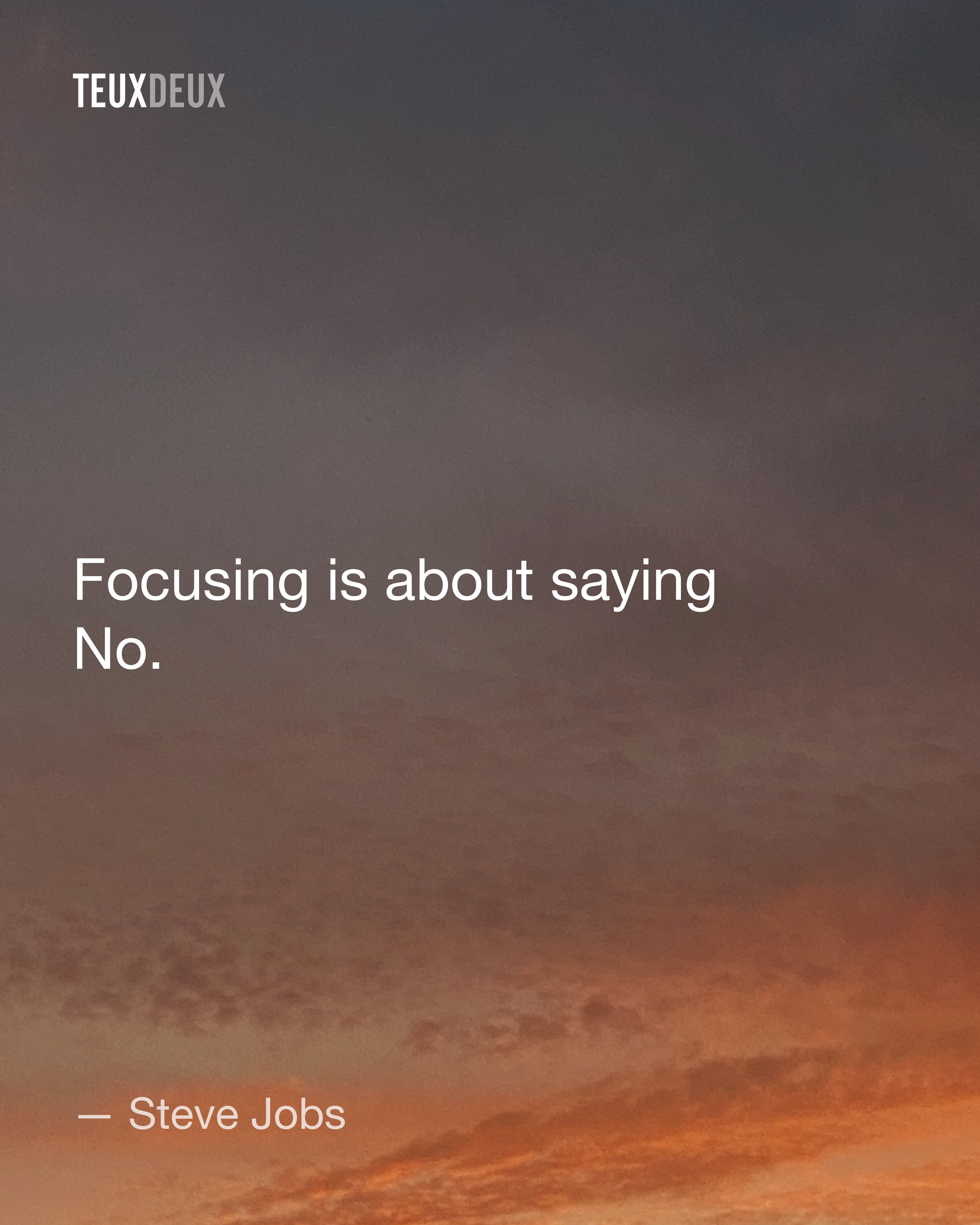Chances are that as you're reading this, you have your phone in hand, laptop open, email in one tab and Slack in another. An array of blips and pings and notifications will take you away from reading this blog until you ultimately forget and maybe rediscover this tab in a few days; in which case, welcome back.
Social media apps like Twitter and Instagram are easy to identify as productivity drains but task switching, even between "work" tasks, can seriously hinder your productive time. We tend to overestimate our ability to multitask, and by that we mean the human brain really isn't capable of multitasking at all.
This jumping between tasks is called context switching. Think of it like your brain pressing Ctrl-Tab (or Ctrl-Shift-Tab) over and over. Focusing on a single task will yield better results than dividing your attention on a variety of different tasks all at once.
The cost of context switching
According to a study at University of California Irvine, it takes approximately 23 minutes to regain focus after being distracted-just let that sink in for a minute (or 23...). Ignoring the amount of time lost to the distraction itself, you're potentially spending hours of your workday just trying to get back in the right headspace.
Something as innocuous as replying to a Slack message from a co-worker disrupts your workflow and chips away at the limited resource that is our focused attention (see ego depletion). While it may seem like a quick detour, each time you jump between tasks, you are leaving a bit of your attention behind. This phenomena is called attention residue.
Attempts to quantify the problem clock it in at a 40% decrease in overall productivity that costs the global economy roughly $450 billion a year. Those who context switch take up to 50% longer to complete a single task, and make up to 50% more errors. It's also said to temporarily lower IQ by 15 points, 3X more than the effect of cannabis.
This begs the question-if context switching is so detrimental, why does it feel so natural? That's because the human brain craves novelty. The kaleidoscope of pings and notifications and infinite scroll feeds our desire for new and unpredictable information. Modern work environments incentivize multitasking and context switching (both originally computing terms), but our mental CPU can only handle about 3 to 7 pieces of information at once.
Not only does it decrease the amount and quality of work, it is also depletes our energy. While you might momentarily activate the dopamine centers of the brain, constantly floating between adrenaline and stress hormones leaves you feeling depleted at the end of the day.

How to combat context switching
We know, it sounds scary but it's not insurmountable! There are strategies you can employ, boundaries to set, that can keep you from needlessly context switching.
Use a to-do list
Remember the attention residue we referred to earlier? Having an incomplete task on the back burner of your mind will distract you! Jot your tasks down on a to-do list or task manager to free up mental real estate. Try this one, we've heard it's pretty neat 😏
Budget your time
Like money, time is usually spent more responsibly when you have a plan for it. Start by blocking time for focused work and time for short breaks. Allowing yourself the space to get in to a state of deep work is important to achieve your best work. The Pomodoro Technique is a popular time-management system that divides your day into 25 minute intervals of focused work with short 3-5 minute breaks in between.
Batch your tasks
You can further optimize your to-do list and focused sprints by arranging your to-do list in groupings of similar tasks. The cognitive jump between related tasks is easier to manage than switching between unrelated tasks so you'll spend less time recovering your focus.
Utilize away messages
Part of us always wants to be on and always wants to be available to teammates. It's a noble intention but it often leads to unnecessary distraction and more-than-full workloads. Use the tools you have available to set appropriate boundaries with your coworkers. Block off heads-down time on your calendar, change your Slack status, or disable notifications at specific times to let your coworkers know when you're not immediately available.
Take real breaks
We often step away from our work stations only to end up on our phones. When you're endlessly scrolling through social media, you're not truly resting and you'll just return to your next task feeling more depleted. Instead of hopping on your phone, take a quick walk on your break, grab a snack, or chat with a coworker (so long as you're not interrupting them).
In the attention economy, there are more forces than ever competing for a scarce commodity. If we're not conscientious about protecting it, it'll be stolen from right under your nose.
